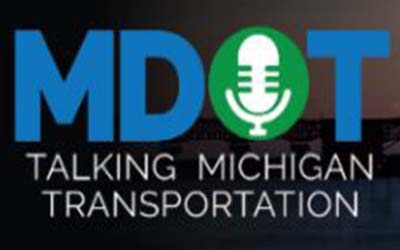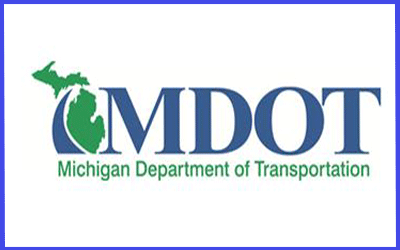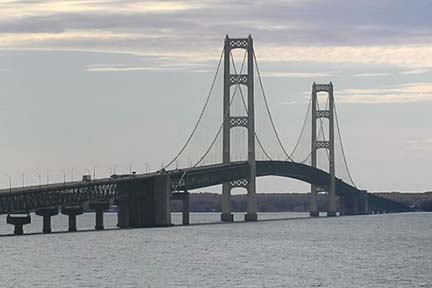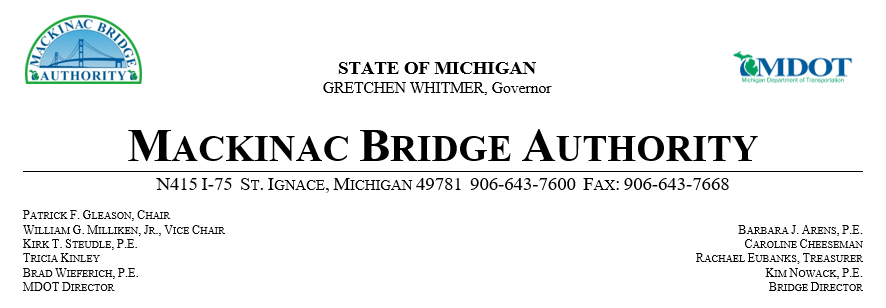
Managing floods when there’s nowhere for the water to go
|

|

FOR IMMEDIATE RELEASE August 30, 2023 248-361-6288 MorosiR@Michigan.gov
Post-holiday lane and ramp closures begin Tuesday, Sept. 5, on I-75 modernization project in Oakland County Fast facts:
MADISON HEIGHTS, Mich. - Weather permitting, contract crews will resume work on a portion of the I-75 modernization project in Oakland County. By noon Tuesday, Sept. 5, the northbound I-75 right lane will be closed from Gardenia Avenue to 12 Mile Road for sound wall installation. In addition, the northbound I-75 exit ramp to 12 Mile Road will be closed. The lane and ramp closures will be removed by the end of September.
Also starting Tuesday, Sept. 5, the southbound I-75 service drive will be closed from south of 9 Mile Road to Meyers Avenue until late November.
Starting at 5 a.m. Monday, Sept. 11, the eastbound and westbound I-696 ramps to northbound I-75 will be closed. The ramp closures are needed to allow crews to safely repair the section of pavement and barrier wall damaged by the tanker crash on Aug. 4. In addition, the southbound I-75 right lane will be closed from I-696 to 9 Mile Road for pavement repair from a June 20 vehicle fire. The lane and ramp closures are expected to end by Saturday, Oct. 7.
Follow I-75 modernization progress on the web at www.Modernize75.com, or follow on Facebook at www.facebook.com/Modernize75 or on Twitter at www.twitter.com/Modernize75.
|

|
|

|
|||

Mackinac Bridge joint replacement work begins Sept. 6 ST. IGNACE, Mich. - The Mackinac Bridge Authority (MBA) will invest nearly $5 million this fall to replace joints on the north viaduct span, with work scheduled to begin Wednesday, Sept. 6.
The project includes replacing 11 relief joints and three sliding-plate expansion joints, which are connections in the bridge deck that allow for expansion and contraction due to temperature changes, as well as movement from traffic. The north viaduct span is an elevated part of the bridge located over the north causeway, immediately north of the truss spans of the bridge.
This work will require closing one lane of traffic in each direction in two phases (both inside lanes closed, and both outside lanes closed) with one lane open in each direction at all times.
Weekend traffic peaks between 10 a.m. and 4 p.m., often resulting in traffic backups, even with all toll lanes open. Drivers should consider crossing at off-peak times or prepare for delays.
Currently, the contractor for the project, Anlaan Corp. of Grand Haven, plans to have the work completed and all lanes open by Nov. 8, weather permitting.
Wide-load restrictions will be in place in both directions for any vehicles wider than 10 feet during construction. Wider loads will be allowed to cross once per day between 7 and 7:30 a.m. Monday through Friday. |

Governor and MDOT announces loans to repair and improve LANSING, MICH – Today, Gov. Gretchen Whitmer and the Michigan Department of Transportation (MDOT) announce the award of $4 million in Michigan State Infrastructure Bank (SIB) loans that will repair and improve roads and sidewalks for local communities. “Michigan State Infrastructure Bank loans are a vital tool to help local communities fix the damn roads,” said Gov. Whitmer. “Today’s investments will accelerate the repair of roads damaged by water in Ontonagon County and to install sidewalks in the village of Beverly Hills to avoid further construction delays or disruptions to daily life. Getting this done will help families get to where they need to go, support local jobs, and keep the community safe.” The Ontonagon County Road Commission (OCRC) will receive a $2 million SIB loan to repair multiple roads within Ontonagon County that were damaged from excessive spring water runoff earlier this year. A SIB loan is desperately needed to ensure roads are restored and residents have access to their homes and places of employment. Delaying repairs may cause more roads to be closed. Overall, the county experienced $8.1 million in flood damages. “The OCRC appreciates MDOT and the Michigan State Infrastructure Bank for this loan to help restore and repair three roads that are still closed to residents, one storm sewer drain system, and four drainage culverts that were damaged beyond repair,” said Ryan DeHut, OCRC manager. “Securing this loan will facilitate repair of two critical sites this fall and allow the road commission to work with engineering services over the winter to develop plans to repair the remaining sites in Fiscal Year (FY) 2024.” A $2 million SIB loan will also go to the Village of Beverly Hills in Oakland County, supporting the local costs associated with projects identified in their $5.9 million Sidewalk Connector Program. These projects involve the installation of more than 6 miles of sidewalk in their community and are focused on “providing safe, walkable, and accessible infrastructure for nonmotorized users at all times.” About the Michigan State Infrastructure Bank The SIB loan program was established as a pilot program under Section 350 of the National Highway System Designation Act of 1995 (NHS Act). The NHS Act authorized the creation of the Michigan SIB loan program to provide loans to public entities (county road agencies, cities, villages, or MDOT) for eligible transportation improvements. The SIB loan program complements traditional funding techniques and serves as a useful tool to meet urgent project financing demands. The SIB is not able to be used to finance operating or administrative costs, nor is it intended to operate as a grant fund for transportation projects. The goal of the program is to address customer financing needs in a timely and flexible fashion. Applications will be accepted year-round and will be evaluated by MDOT staff as quickly as possible. More information about the program is available online at www.Michigan.gov/MDOT/ |

FOR IMMEDIATE RELEASE August 22, 2023 US-24 project: 7 Mile Road closing at US-24 (Telegraph Road) for rebuilding in Detroit Aug. 25 for two weeks DETROIT, Mich. – Starting Friday, Aug. 25, the US-24 (Telegraph Road)/7 Mile Road intersection in Detroit will be closed for two weeks while crews rebuild the intersection. The previously lane closures at this intersection were for the relocation of a water main. Beginning at 7 a.m. Friday, Aug. 25, eastbound and westbound 7 Mile Road will be closed at US-24 (Telegraph Road). All 7 Mile Road traffic will be detoured as follows:
During this work, US-24 (Telegraph Road) will have two lanes open in each direction. 7 Mile Road should reopen by Monday, Sept. 11. Project details: The Michigan Department of Transportation is investing $54 million to rebuild 1.4 miles of US-24 (Telegraph Road) between M-5 (Grand River Avenue) to north of M-102 (8 Mile Road). This two-year project includes rebuilding US-24, improving five bridges, drainage and water main relocation work, sidewalk ramp improvements that are compliant with the Americans with Disabilities Act (ADA), sign replacements, and traffic signal and lighting relocations from the M-5 (Grand River Avenue) intersection to the M-102 (8 Mile Road) area, where a diverging diamond interchange will be built to improve efficiency and enhance safety. Based on economic modeling, this investment is expected to support 653 jobs directly and indirectly. |